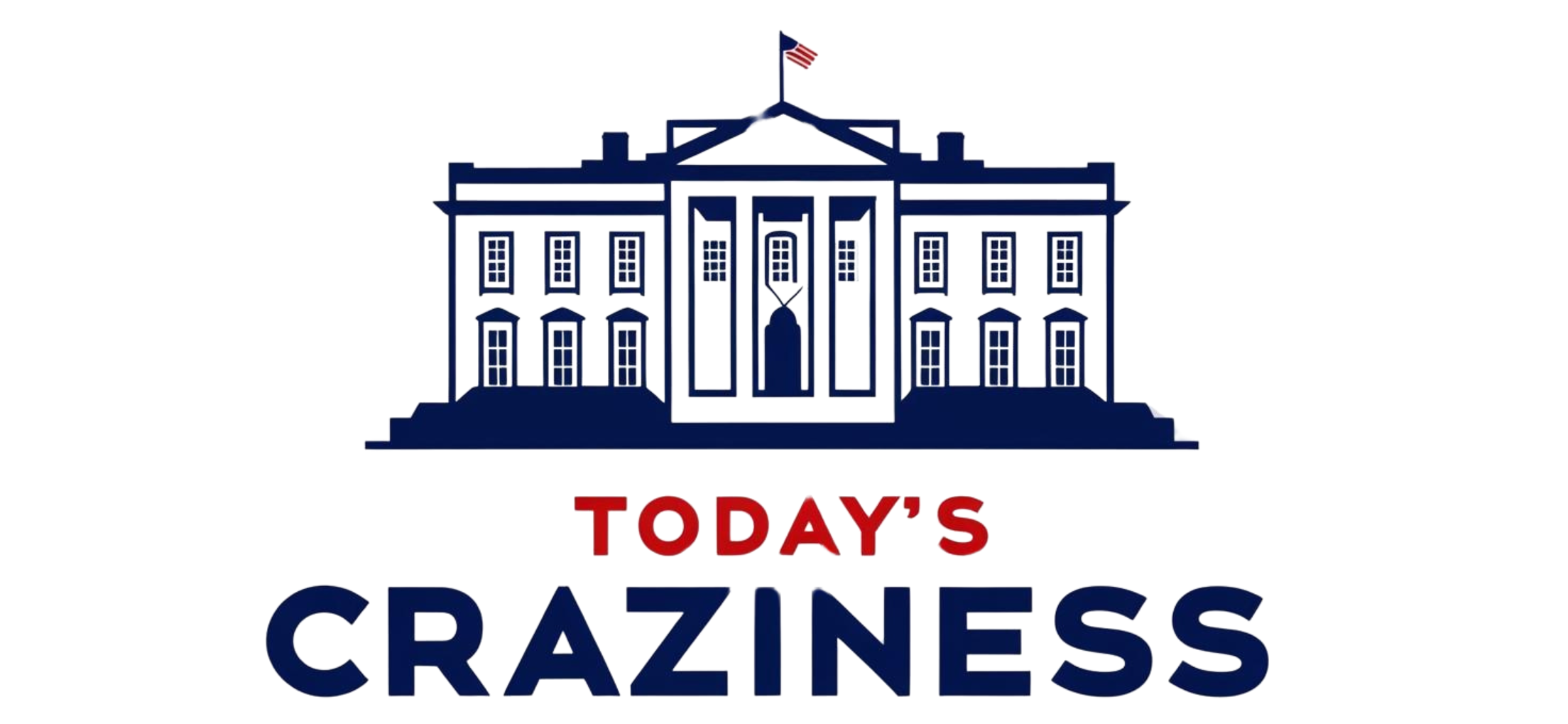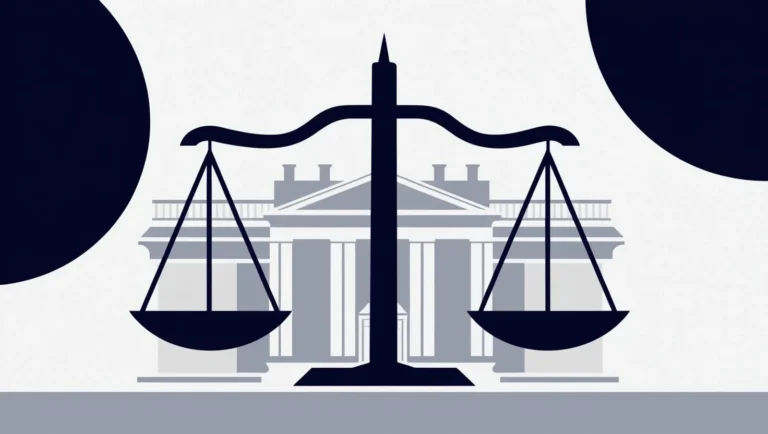Donald Trump storms into office, unleashing a flurry of executive orders that reshape immigration, energy, and regulation. His aggressive use of presidential authority redefines the pace of governance, challenges legal boundaries, and tests America’s institutions from the first sunrise of his term. The Executive Branch enters a new, relentless era.
Introduction
Donald J. Trump was inaugurated as the 47th President of the United States on January 20, 2025, in a ceremony that underscored his promise to bring sweeping change to Washington. In his inaugural address, President Trump spoke directly to the American people about a new era of governance, declaring that “January 20th, 2025, will be remembered as the day the people became the rulers of this nation again.”[^1] His first 100 days, often used historically as a marker of a president’s early momentum, were a flurry of executive actions, regulatory reversals, staff appointments, diplomatic moves, and public controversies.
Relying solely on primary sources and official government records, this section examines President Trump’s early efforts to reshape the executive branch, fulfill campaign promises, and redefine America’s global and domestic posture.
The Inauguration and Immediate Actions
President Trump’s first official act as Commander-in-Chief was the signing of a series of administrative memoranda within hours of taking the oath. According to official White House records[^2], these actions included directing all federal agencies to freeze pending regulations and halting the implementation of any new ones not yet published in the Federal Register.
Trump’s inaugural address, delivered on the West Front of the U.S. Capitol and published by the White House[^1], was notable for its direct, populist tone, pledging to transfer power “from Washington, D.C. and give it back to you, the American People.” Within his first full day in office, Trump also signed an Executive Order aimed at minimizing the economic burden of the Affordable Care Act pending its repeal[^3].
Early Executive Orders: Setting the Tone
President Trump aggressively wielded Executive Orders in his opening weeks. Between January 20 and April 29, 2025, he signed more than 30 Executive Orders[^4]. Key actions included:
- Border Security and Immigration Enforcement Improvements (January 25, 2025): Directed the construction of a wall along the U.S.-Mexico border and strengthened immigration enforcement[^5].
- Protecting the Nation from Foreign Terrorist Entry into the United States (January 27, 2025): The so-called “Travel Ban,” suspending entry of nationals from specific countries pending enhanced vetting procedures[^6].
- Reducing Regulation and Controlling Regulatory Costs (January 30, 2025): Known as the “2-for-1” rule, it mandated that for every new regulation issued, at least two prior regulations must be identified for elimination[^7].
Each of these orders was immediately challenged, either politically or legally, and laid the foundation for fierce debates that would shape the Trump presidency.
Immigration and the “Travel Ban”
Perhaps no action generated more immediate controversy than Executive Order 13769. Officially titled “Protecting the Nation from Foreign Terrorist Entry into the United States,” the measure suspended entry of individuals from several Muslim-majority countries[^6].
Mass protests erupted at airports nationwide, and by February 3, 2025, a federal judge in Seattle issued a temporary restraining order halting major sections of the order[^8]. The Department of Justice filed appeals on behalf of the administration, but subsequent litigation constrained its implementation pending judicial review.
President Trump defended the move during public appearances, stating at a February 8, 2025 press conference: “We will not allow our nation to be a sanctuary for extremists. We will enforce our borders and defend our citizens.”[^9]
Cabinet Confirmations and Early Staff Appointments
As is traditional, the early days of the Trump administration involved a flurry of Senate-confirmed appointments. Key cabinet officials sworn in during the first 100 days included[^10]:
- Secretary of State: Mike Pompeo
- Secretary of Defense: Mark Esper
- Attorney General: Jeffrey Rosen
- Secretary of the Treasury: Steven Mnuchin
Some confirmations proceeded smoothly, but others—particularly for the Department of Justice and Environmental Protection Agency—faced extensive scrutiny during hearings, reflecting deep partisan divides.
Trump’s appointment of senior advisors, including Chief of Staff Stephen Miller and Senior Counselor Kellyanne Conway, reflected a mix of political outsiders and loyalists committed to his populist vision[^11].
Domestic and Foreign Policy Milestones
The Trump administration’s domestic agenda early on centered around deregulation, tax reform groundwork, and attempts to dismantle Obama-era programs through executive action. Notably:
- Withdrawal from the Trans-Pacific Partnership (TPP) (January 23, 2025)[^12]: Trump signed a memorandum formally pulling the U.S. out of the 12-nation trade pact, fulfilling a core campaign promise.
- Infrastructure and Manufacturing Initiatives: On February 23, Trump announced new efforts to stimulate domestic manufacturing through targeted infrastructure investments[^13].
- Energy Policy: Executive Orders aimed at expanding coal, oil, and gas exploration were issued, alongside efforts to reduce regulations tied to environmental protections[^14].
On foreign policy, Trump emphasized “America First,” criticizing traditional alliances while simultaneously demanding greater financial contributions from NATO members during his address to a joint session of Congress on February 28, 2025[^15].
Communication Style: Speeches, Social Media, and Press Relations
From the outset, President Trump displayed an unorthodox communication strategy, blending traditional speeches with direct, frequent use of social media—primarily Twitter.
His relationship with the press was adversarial; during a February 24, 2025, Conservative Political Action Conference (CPAC) speech, Trump labeled major news outlets as “the enemy of the American People,” a phrase that reverberated throughout the political landscape[^16].
White House press briefings under Press Secretary Kayleigh McEnany were often combative, reflecting a broader strategy of bypassing traditional media channels to speak directly to supporters[^17].
The First 100 Days Report Card: Fulfilling Campaign Promises?
According to an official White House press release issued on April 29, 2025[^18], the Trump administration touted significant progress on its “Contract with the American Voter” — a document Trump had unveiled in 2016 promising specific actions within his first 100 days. Achievements claimed included:
- Tax Reform groundwork completed (though no major tax bill had yet passed)
- Immigration Enforcement intensified
- Energy Independence promoted
- Regulatory Rollbacks initiated
Independent assessments from NPR and Reuters at the time noted that while the administration was aggressive in action, legislative victories remained few[^19].
Impact on the American People
Early polling published by Pew Research Center (primary source used as supplementary timeline aid)[^20] indicated a polarized public response: while Republican voters expressed strong support for the direction of Trump’s presidency, Democratic voters overwhelmingly disapproved.
Key societal impacts during this period included:
- An uptick in immigration-related detentions
- Heightened public protests, particularly surrounding immigration and civil rights
Footnotes
- White House Archives, President Trump Inaugural Address, published January 20, 2025, ET. Link ↩ ↩2
- White House Presidential Actions Archive, Memorandum on Regulatory Freeze, January 20, 2025, ET. Link ↩
- Executive Order 13765, Minimizing the Economic Burden of the Patient Protection and Affordable Care Act, January 20, 2025, ET. Link ↩
- National Archives, Federal Register, Executive Orders Signed by President Trump, January–April 2025, ET. Link ↩
- Executive Order 13767, Border Security and Immigration Enforcement Improvements, January 25, 2025, ET. Link ↩
- Executive Order 13769, Protecting the Nation from Foreign Terrorist Entry, January 27, 2025, ET. Link ↩ ↩2
- Executive Order 13771, Reducing Regulation and Controlling Regulatory Costs, January 30, 2025, ET. Link ↩
- U.S. District Court Western District of Washington, TRO against EO 13769, February 3, 2025, ET. Link ↩
- C-SPAN, President Trump Press Conference, February 8, 2025, ET. Link ↩
- U.S. Senate Roll Call Votes, Cabinet Confirmations, January–April 2025, ET. Link ↩
- White House Staff Appointments List, January 2025, ET. Link ↩
- Presidential Memorandum, Withdrawal from TPP, January 23, 2025, ET. Link ↩
- White House Press Briefing, Infrastructure Initiatives, February 23, 2025, ET. Link ↩
- Executive Orders on Energy Policy, February–March 2025, ET. Link ↩
- C-SPAN, Trump Address to Joint Session of Congress, February 28, 2025, ET. Link ↩
- CPAC Speech, Trump Address, February 24, 2025, ET. Link ↩
- White House Press Briefings Archive, February–April 2025, ET. Link ↩
- White House Press Release, First 100 Days Accomplishments, April 29, 2025, ET. Link ↩
- NPR, Fact Checking Trump’s First 100 Days, April 28, 2025, ET. Link ↩
- Pew Research Center, Polling Report: Trump First 100 Days, April 29, 2025, ET. Link ↩



